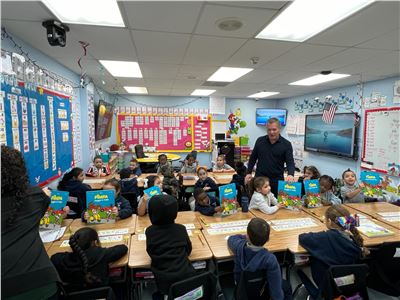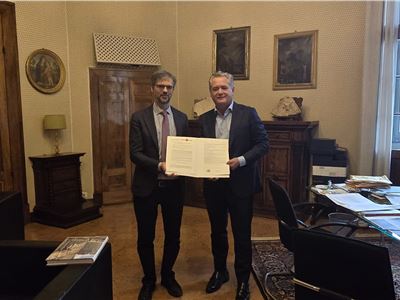These are among the findings of a report launched on Safer Internet Day 2013 (Tuesday 5 February) by the EU Kids Online project. Nearly 10,000 children between 9-16 years old from 25 European countries were surveyed for the report, and were asked ‘What things on the internet would bother people about your age?’. The report presents, for the first time, a detailed analysis of how children view the risks associated to the online world ‘in their own words’.
Professor Sonia Livingstone, LSE, who is responsible for the survey, explains:
“The EU Kids Online survey found that 55% of 9-16 year olds think that there are things online that bother children their age. This new report now goes to the heart of what concerns children - and the results give reason to reflect on policy and educational priorities. It is vital for us to address children’s concerns about violent, aggressive or gory content on the internet, among the many other things that bother them.”
Over half the children who responded (55%) spontaneously included a platform or technology in their answer. Video-sharing sites such as YouTube were the most commonly mentioned in terms of risk (by 32%), followed by websites (29%), social networking sites (13%) and games (10%).
Video-sharing websites were shown to be associated with violent and pornographic content, along with a range of other content-related risks. Replies indicate that YouTube content could be considered upsetting because it is real (or highly realistic), conveyed by powerful moving images, and can be readily shared among the peer group. Of the risks associated with video-sharing websites, most were related to violent (30%) and pornographic (27%) content risks. Other content-related risks given include viewing unwanted, scary or hateful content and content harmful to self-esteem.
Children express disgust and fear
Fear was most often expressed in relation to scary content (23% of those who mentioned scary content also expressed fear). Only 5% of those who mentioned pornographic content expressed disgust (but, put differently, of those who expressed disgust in response to online risks, 28% linked this to pornography). Commercial content were mostly described as “annoying” (15% of those who mentioned commercial content seemed annoyed). Interestingly, other risks mentioned (hate, racism, violence, self-harm etc.) generated little expressed emotion.
Commenting on the results, Dr Leslie Haddon. LSE, said: “Children are not all the same. Risk perceptions vary by country, age and gender, and much of what is considered risky by one child will be considered not problematic by others. So, the most important recommendation is to ask children what bothers them online, listen to what they have to say and help them accordingly.”
At the same time, traditional media-related challenges, most notably violent images, is very much present in children’s minds and generate fear and concern. Thus, Internet is a new way of delivering old challenges and concerns. Just as in the offline world, it seems that many problems can be identified online; indeed, for children especially, the online/offline distinction is of ever less relevance. The challenge for policy makers in addressing these risks is therefore considerable.
For the full report, see:









































